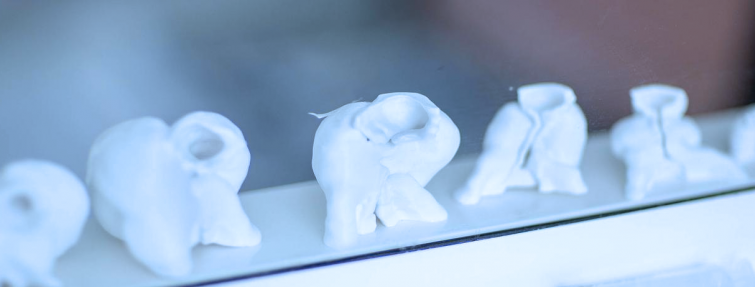
 Press
Press
Right/left: the heart of the matter
1% of all newborns – approximately 8,000 babies a year in France – are affected by a heart defect. 15% of these defects can be linked to a known genetic cause, but many remain unexplained. Defects affecting the alignment of cardiac chambers represent approximately 20% of heart defects in infants. A team of scientists from the Institut Pasteur and the UMR-1163 joint research unit at the Imagine Institute for Genetic Diseases (Inserm and Paris Descartes University) based at Necker Enfants Malades Hospital (AP-HP), led by a researcher from Inserm, recently elucidated a physical mechanism involved in the positioning of the four heart chambers during embryogenesis in mammals. The scientists designed a computer model which they used to generate a 3D reproduction of the morphogenesis process that turns the heart tube into a helix – the first stage in the arrangement of the chambers on the right and left side of the heart. These findings were published in eLife.